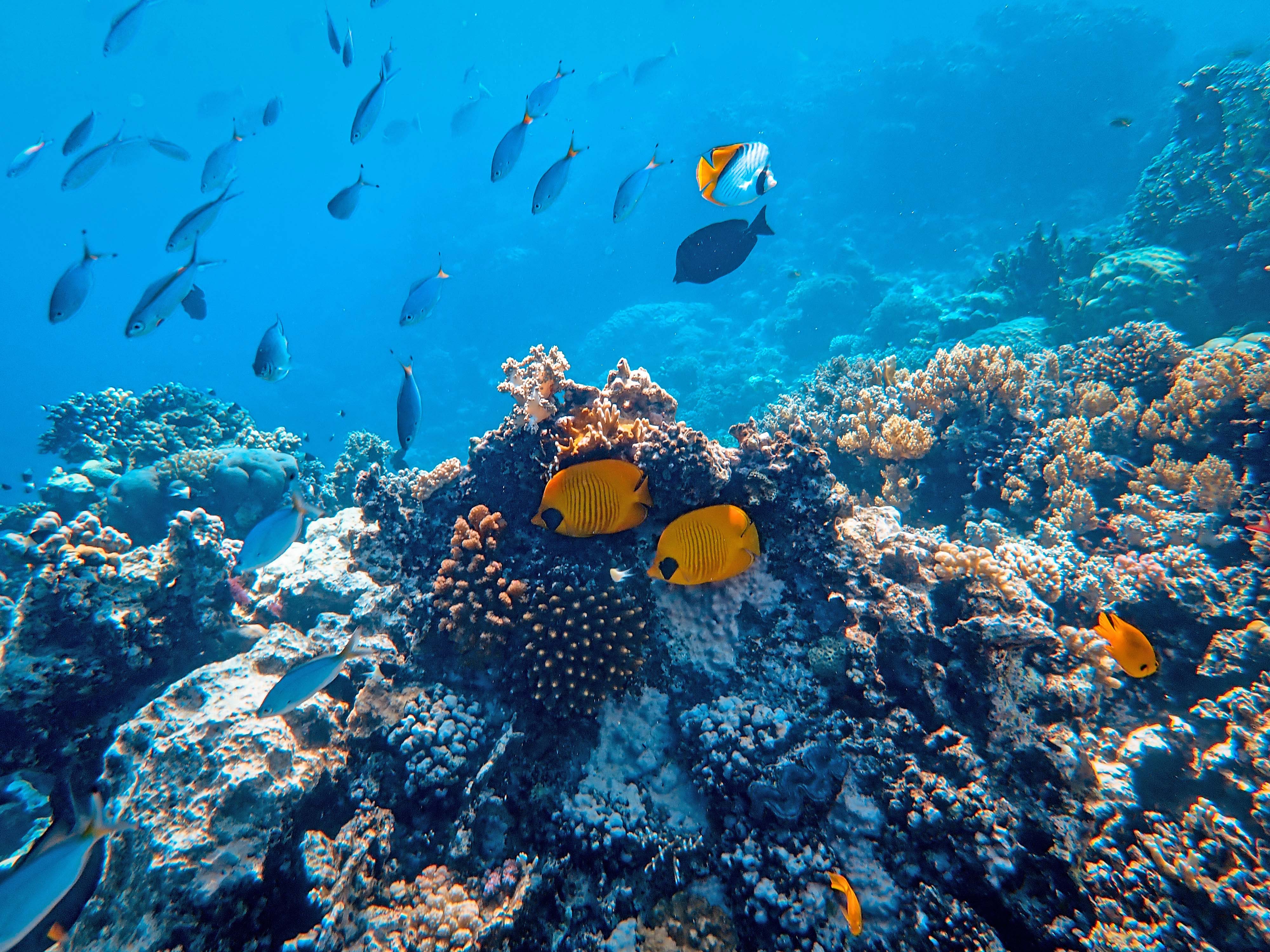 Dr. Dan Distel and his team have launched a non-profit marine genome bank at the Northeastern University Marine Science Center called the Ocean Genome Legacy Center. The OGL mission is to explore and preserve the wealth of information contained in the genomes (total DNA) of endangered, rare, unusual, and ecologically critical marine organisms and to make these primary materials available for researchers to access for future studies. So far, the OGL has amassed over 29,000 DNA samples that represent over 3,000 identified marine species. Often marine scientists spend a lifetime amassing a large number of samples and years of research notes, but what happens when they retire? Now they can donate the wealth of their collection to the OGL. The OGL doesn't just stop at the physical storage of genome samples in freezers. These DNA curators also collect the researcher's notes regarding each sample - dates, depths, locations, sample collection methods, etc. Any ambiguity leads the team back to the original researcher for clarification. This way when future researchers want to study or compare a similar sample, all the relevant context is available. Read more...
Dr. Dan Distel and his team have launched a non-profit marine genome bank at the Northeastern University Marine Science Center called the Ocean Genome Legacy Center. The OGL mission is to explore and preserve the wealth of information contained in the genomes (total DNA) of endangered, rare, unusual, and ecologically critical marine organisms and to make these primary materials available for researchers to access for future studies. So far, the OGL has amassed over 29,000 DNA samples that represent over 3,000 identified marine species. Often marine scientists spend a lifetime amassing a large number of samples and years of research notes, but what happens when they retire? Now they can donate the wealth of their collection to the OGL. The OGL doesn't just stop at the physical storage of genome samples in freezers. These DNA curators also collect the researcher's notes regarding each sample - dates, depths, locations, sample collection methods, etc. Any ambiguity leads the team back to the original researcher for clarification. This way when future researchers want to study or compare a similar sample, all the relevant context is available. Read more...
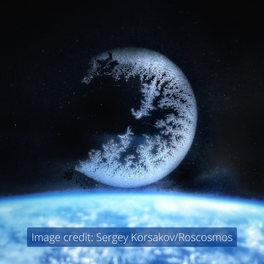 Space Ice Crystals - no one knows how they are formed and Cosmonaut Sergey Korsakov on the International Space Station (ISS) just snapped a photo of the first ones forming on a window. The window in question is most likely in the Russian module of the ISS so further information is limited and we can only speculate.
Space Ice Crystals - no one knows how they are formed and Cosmonaut Sergey Korsakov on the International Space Station (ISS) just snapped a photo of the first ones forming on a window. The window in question is most likely in the Russian module of the ISS so further information is limited and we can only speculate.
 Sometimes the world can seem like a cruel and dismal place. With issues like climate crisis, world hunger, and rising income inequality, to name a few, we can be hard-pressed to put a positive "spin" on the future our children & grandchildren will inherit.
Sometimes the world can seem like a cruel and dismal place. With issues like climate crisis, world hunger, and rising income inequality, to name a few, we can be hard-pressed to put a positive "spin" on the future our children & grandchildren will inherit.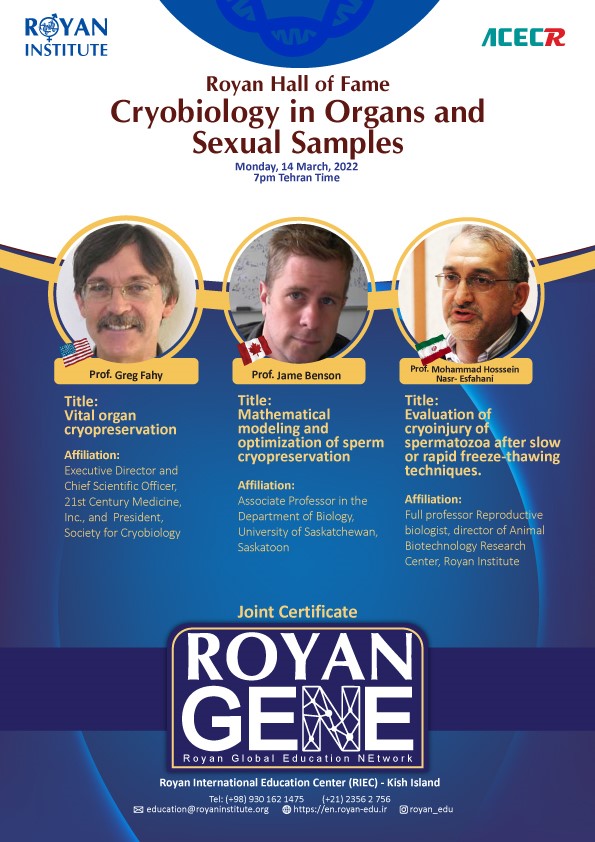 The core essence and beliefs of creating Royan Global Education Network focus on bringing all scientific activities and research of multilateral interests under one umbrella so that all those interested in various fields of activities can enjoy the benefits and seize the opportunities coming along with its activities and programs which appear as two phenomena called “Hall of Fame” and “Dialogue with Fame”. As per this spirit of unity, the 7th round Royan GENE program was held on 14 March 2022 as a Hall of Fame in the realm of Cryobiology in Organs and Sexual Samples. This Hall of Fame webinar featured highly notable lecturers from all around the world whose topics and speeches led to a fruitful webinar and discussion sessions, starting with the lectures of Prof. Gregory M.Fahy, president of Society for Cryobiology; Prof. James Benson, University of Saskatchewan; and Prof. M.H Nasr-Esfahani, director of animal biotechnology from Royan Institute. The topics and lectures represented through this program were mainly concerned with:
The core essence and beliefs of creating Royan Global Education Network focus on bringing all scientific activities and research of multilateral interests under one umbrella so that all those interested in various fields of activities can enjoy the benefits and seize the opportunities coming along with its activities and programs which appear as two phenomena called “Hall of Fame” and “Dialogue with Fame”. As per this spirit of unity, the 7th round Royan GENE program was held on 14 March 2022 as a Hall of Fame in the realm of Cryobiology in Organs and Sexual Samples. This Hall of Fame webinar featured highly notable lecturers from all around the world whose topics and speeches led to a fruitful webinar and discussion sessions, starting with the lectures of Prof. Gregory M.Fahy, president of Society for Cryobiology; Prof. James Benson, University of Saskatchewan; and Prof. M.H Nasr-Esfahani, director of animal biotechnology from Royan Institute. The topics and lectures represented through this program were mainly concerned with:
 Dr. Dan Distel and his team have launched a non-profit marine genome bank at the Northeastern University Marine Science Center called the
Dr. Dan Distel and his team have launched a non-profit marine genome bank at the Northeastern University Marine Science Center called the  Patients in the UK will now have more time to decide their family planning after government changes the egg, sperm, and embryo storage regulations. Presently fertility storage is limited based on medical needs and limited to a 10 year period. After the successful campaign by the Progress Educational Trust, the new regulations will open fertility storage to more people who choose fertility storage for medical or social reasons and provide a 10-year renewable storage cycle for a maximum of 55 years. Fertility advances mean human eggs can be stored indefinitely without deterioration using vitrification, making the current 10-year limit obsolete. Additional conditions surrounding third-party donors and posthumous use will be investigated and regulated separately.
Patients in the UK will now have more time to decide their family planning after government changes the egg, sperm, and embryo storage regulations. Presently fertility storage is limited based on medical needs and limited to a 10 year period. After the successful campaign by the Progress Educational Trust, the new regulations will open fertility storage to more people who choose fertility storage for medical or social reasons and provide a 10-year renewable storage cycle for a maximum of 55 years. Fertility advances mean human eggs can be stored indefinitely without deterioration using vitrification, making the current 10-year limit obsolete. Additional conditions surrounding third-party donors and posthumous use will be investigated and regulated separately.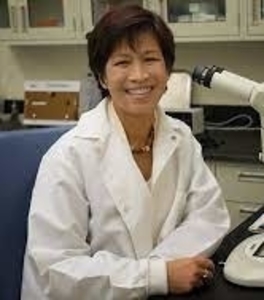
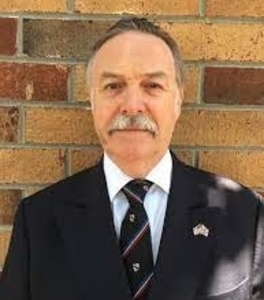
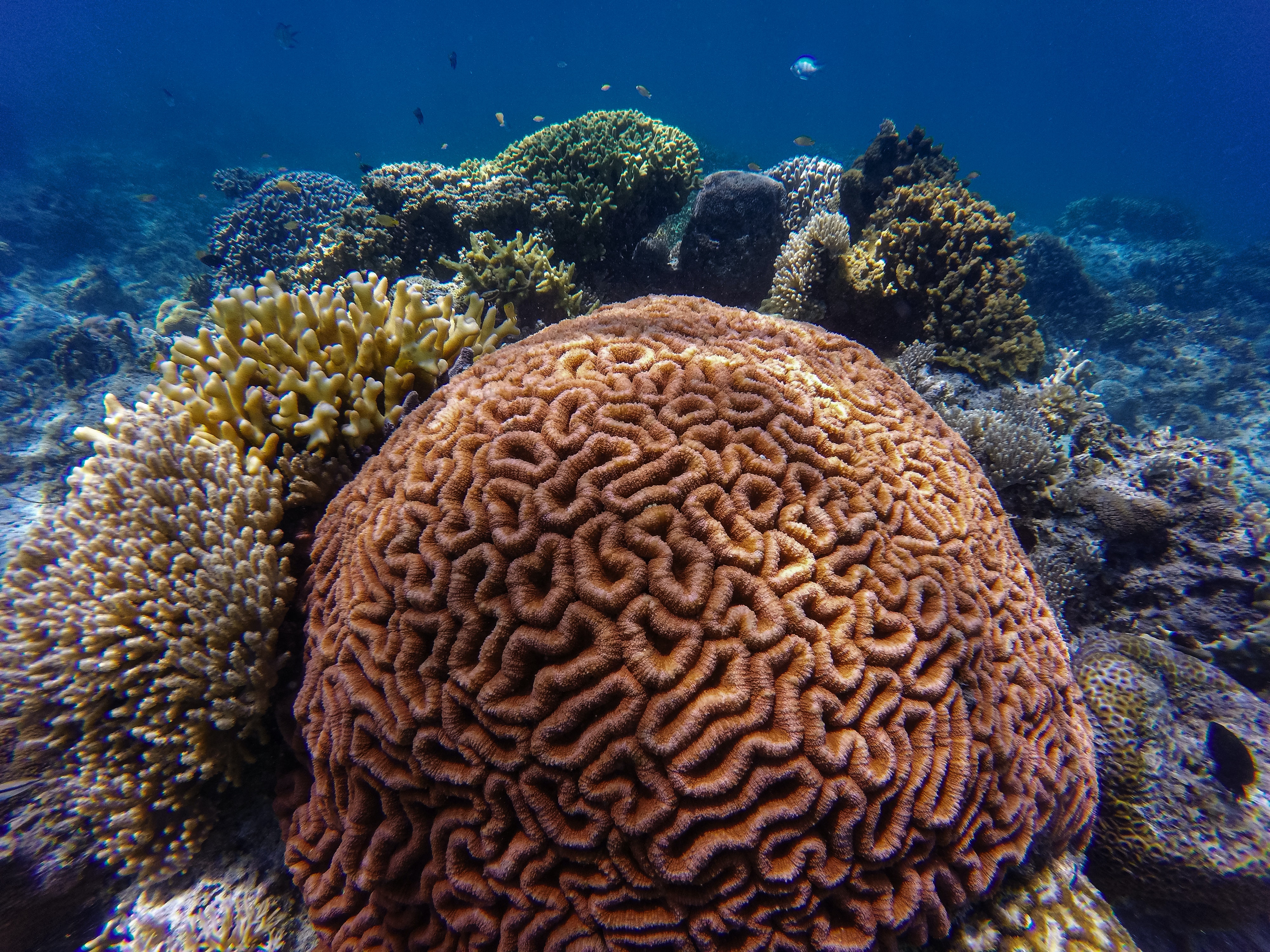 In a recent interview with the Hawaiian Public Radio, Mary Hagedorn, a
In a recent interview with the Hawaiian Public Radio, Mary Hagedorn, a 
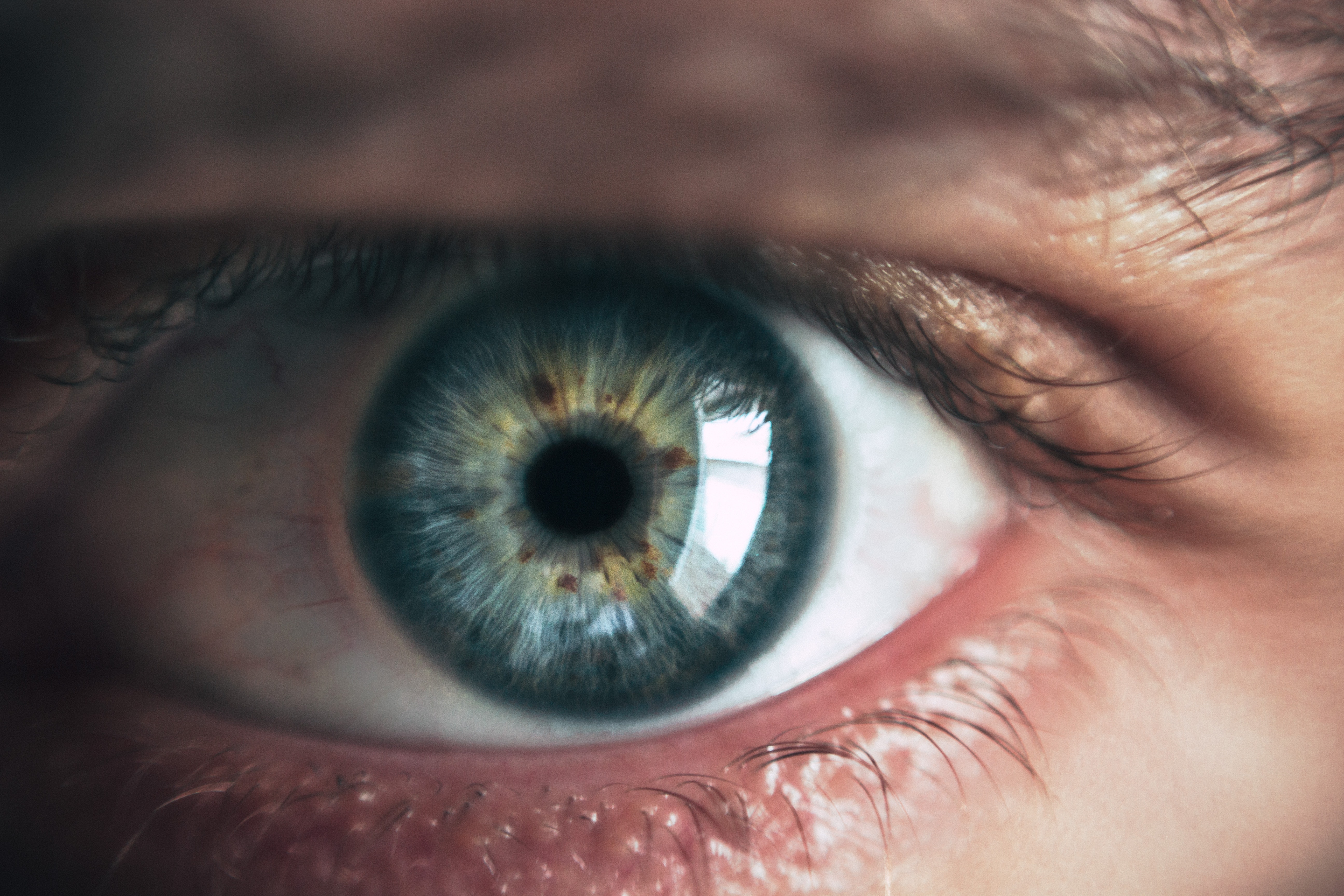 Scientists at UC Santa Barbara, University of Southern California (USC), and the biotechnology company Regenerative Patch Technologies LLC (RPT) have discovered a new method for preserving RPT's stem cell-based therapy for age-related macular degeneration (AMD), the leading cause of blindness in aging populations. This new research uses a flexible scaffold, about 18 mm2, to optimize the cryopreservation of a single layer of ocular cells generated from human embryonic stem cells. Currently in clinical trials, this implant can be frozen, stored for long periods, distributed to clinical sites, then thawed and immediately implanted into the patient's eyes. The extended shelf-life and on-demand distribution will increase the number of patients who can benefit from this treatment.
Scientists at UC Santa Barbara, University of Southern California (USC), and the biotechnology company Regenerative Patch Technologies LLC (RPT) have discovered a new method for preserving RPT's stem cell-based therapy for age-related macular degeneration (AMD), the leading cause of blindness in aging populations. This new research uses a flexible scaffold, about 18 mm2, to optimize the cryopreservation of a single layer of ocular cells generated from human embryonic stem cells. Currently in clinical trials, this implant can be frozen, stored for long periods, distributed to clinical sites, then thawed and immediately implanted into the patient's eyes. The extended shelf-life and on-demand distribution will increase the number of patients who can benefit from this treatment. 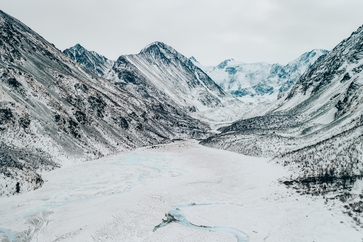 Back from the dead... Bdelloid Rotifers are multicellular microscopic animals with a wheel-like ring of tiny hairs that circle their mouths and that live in freshwater environments. They've been around for about 50 million years. Now, scientists from the Institute of Physicochemical and Biological Problems in Soil Science in Pushchino, Russia have resuscitated rotifers that froze in ancient Siberian permafrost during the latter part of the Pleistocene epoch (2.6 million to about 11,700 years ago). These researchers drilled to 11.5 feet (3.5 meters) below the Siberia Alazeya River surface to collect their samples. The soil was radiocarbon dated at ~24,000 years old. Once thawed in the lab, these "zombie" rotifers reanimated and began reproducing asexually through parthenogenesis and created clones that were their genetic duplicates.
Back from the dead... Bdelloid Rotifers are multicellular microscopic animals with a wheel-like ring of tiny hairs that circle their mouths and that live in freshwater environments. They've been around for about 50 million years. Now, scientists from the Institute of Physicochemical and Biological Problems in Soil Science in Pushchino, Russia have resuscitated rotifers that froze in ancient Siberian permafrost during the latter part of the Pleistocene epoch (2.6 million to about 11,700 years ago). These researchers drilled to 11.5 feet (3.5 meters) below the Siberia Alazeya River surface to collect their samples. The soil was radiocarbon dated at ~24,000 years old. Once thawed in the lab, these "zombie" rotifers reanimated and began reproducing asexually through parthenogenesis and created clones that were their genetic duplicates.  The Drosophila melanogaster fruit fly, a critical genetic research model, has eluded scientist's attempt to cryopreserve the embryos until now. A research team from the University of Minnesota and
The Drosophila melanogaster fruit fly, a critical genetic research model, has eluded scientist's attempt to cryopreserve the embryos until now. A research team from the University of Minnesota and  Improved cryopreservation of embryos in the field of IVF would increase fertility odds for Would-Be parents and the health of their future babies. A research collaboration between the National Institute of Genetic Engineering and Biotechnology in Iran and McGill University and the University of British Columbia in Canada introduce an independent, automated microfluidic system to replace the water with cryoprotectants (CPAs) during the embryo vitrification process. Traditional CPA pipetting techniques can result in abrupt osmotic shock causing molecular damage to the embryos. In this new method, the embryos are placed on a chip that automatically controls the CPA's concentration and flow rate, significantly reducing potential human error. Read the
Improved cryopreservation of embryos in the field of IVF would increase fertility odds for Would-Be parents and the health of their future babies. A research collaboration between the National Institute of Genetic Engineering and Biotechnology in Iran and McGill University and the University of British Columbia in Canada introduce an independent, automated microfluidic system to replace the water with cryoprotectants (CPAs) during the embryo vitrification process. Traditional CPA pipetting techniques can result in abrupt osmotic shock causing molecular damage to the embryos. In this new method, the embryos are placed on a chip that automatically controls the CPA's concentration and flow rate, significantly reducing potential human error. Read the 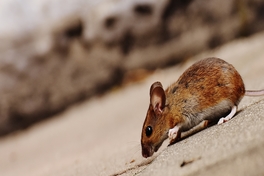 A research team from
A research team from 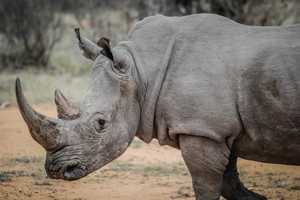 The international team of scientists and researchers from the
The international team of scientists and researchers from the 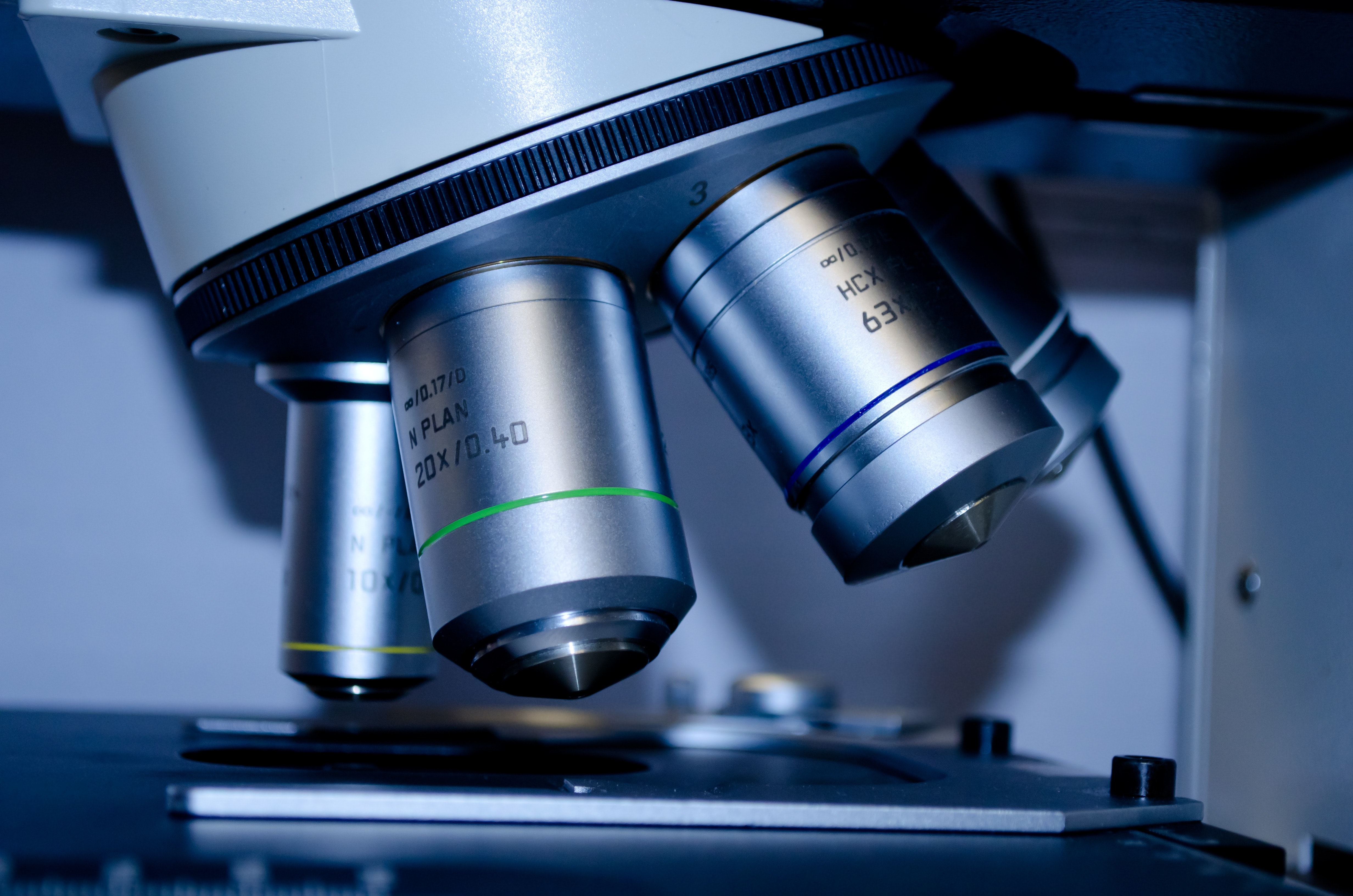 Over the past six years, researchers from the
Over the past six years, researchers from the 